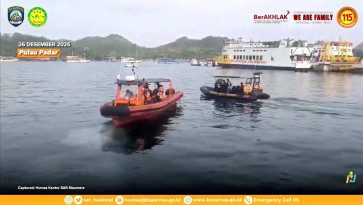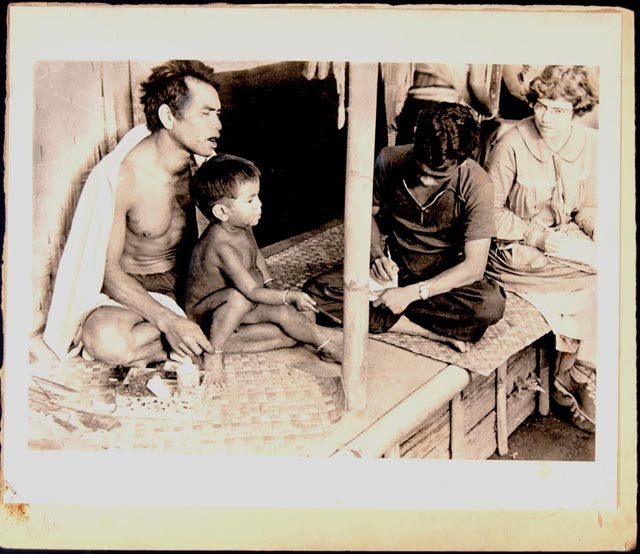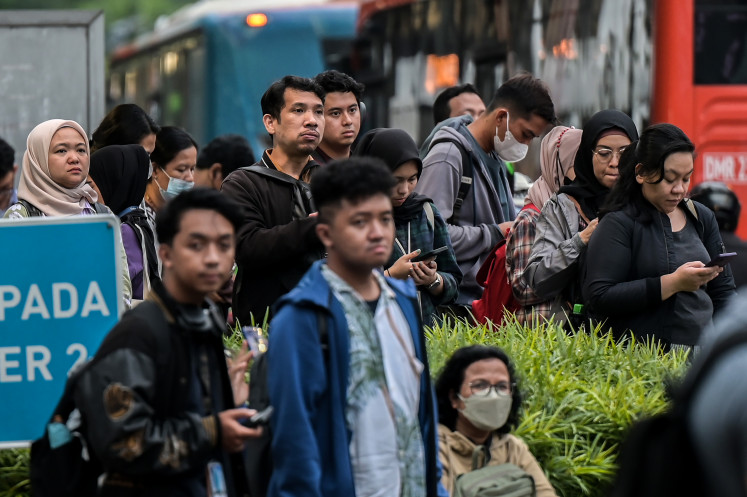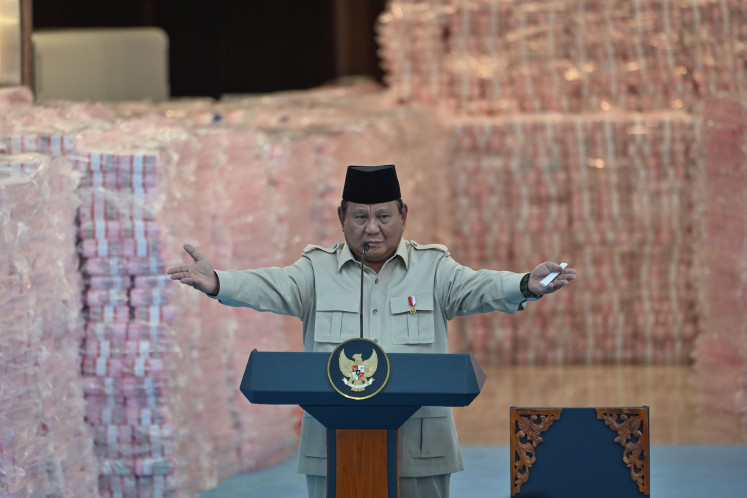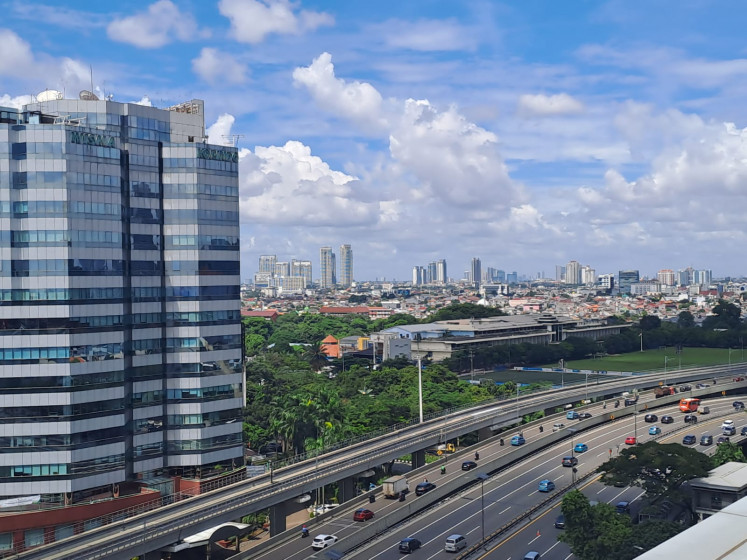Popular Reads
Top Results
Can't find what you're looking for?
View all search resultsPopular Reads
Top Results
Can't find what you're looking for?
View all search resultsUrban Chat: A lesson from 2019 Indonesian fashion lexicon
A few years ago, a veteran of Indonesia’s bustling fashion scene lamented that many aspects of the business were still not structured or standardized, including sizing and terminology. What is a Small for one designer may be a Medium for the next designer.
Change text size
Gift Premium Articles
to Anyone
A
few years ago, a veteran of Indonesia’s bustling fashion scene lamented that many aspects of the business were still not structured or standardized, including sizing and terminology.
What is a Small for one designer may be a Medium for the next designer; so jumbled is the sizing that many local clothing labels conveniently rely on loose-fitting silhouettes they can stamp Free/All Size on.
The problem with unstandardized terminology is even deeper, stemming from the fact that the Indonesian language often fails to produce sufficient vocabulary for abundant technical terms in foreign languages.
To be fair, many original French fashion terms remain untranslated even to English, yet English has done a great job issuing new vocabulary, with fashion articles in English typically using standardized terms in both languages. A "sundress" in InStyle means the same in Harper's Bazaar, just as pointelle remains in its original form in both the French and English editions of Vogue.
Three luminaries in Indonesian journalism and fashion business tried to offer a solution by publishing Kamus Mode Indonesia (Indonesian Fashion Dictionary) in 2010.
Irma Hardisurya, the country's first fashion editor and a color expert; Ninuk Pambudy, senior journalist for social issues; and Herman Jusuf, one of the winners of the prestigious Lomba Perancang Mode fashion designer contest in 1980, put their heads together again for the revamped 2019 edition, launched this week.
The 280-page Kamus Mode Indonesia 2019 consists of around 1,000 entries in its main body, added with directories for fashion designers, fashion schools and fashion events.
The pivotal difference from the earlier edition is the inclusion of terms related to Indonesian heritage textiles – a vast richness that the modern Indonesian fashion world is still educating itself on.
Actually that’s the heart of the problem; lessons on our own heritage textiles, let alone basic fashion terms, are absent from Indonesia’s formal education system. Even the mushrooming fashion schools, many of which are foreign-affiliated, do not offer adequate study on Indonesian heritage textiles.
Just as I gradually learned fashion terms by duly poring over books and magazines over the years, for I never went to any art or fashion school, most Indonesian fashion designers had to informally teach themselves about our heritage textiles. Particularly on this aspect, the newly launched Kamus Mode Indonesia provides a modicum of relief.
Another good feature in this edition is the expansion of digital illustrations, a collaboration by Irma Hardisurya and Cindy Alif. Fashion, as art tends to be, is largely built through visuals. Understanding a new term of a highly visual form, especially if the term originated in a foreign language, is made easier when an illustration is provided alongside.
Beyond students of art, (fashion) design or vocational schools, this dictionary offers valuable reference to fashion and retail practitioners (yes, including the tailors and traders in Mayestik Market), fashion enthusiasts and textile enthusiasts, and even members of the general public looking for self-education.
Is there room for improvement? Certainly. First, the inclusion of a larger adopted vocabulary, for which a collaboration with linguists is sorely needed. Second, more illustrations and the use of color, which will support the texts better. Third, format digitalization — not just to make the dictionary portable but also easier to embed with graphics and videos in a full-spectrum of colors.
A good lesson. An encouraging start. Now will the market realize its potential contribution and take advantage of this lexicon of fashion? (ste)
-- Lynda Ibrahim is a Jakarta-based writer
with a penchant for purple, pussycats and pop culture.




